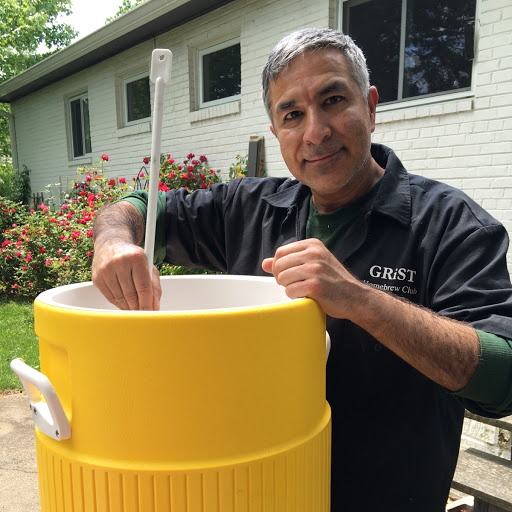Plant Health & Growth Treatments

Strengthen, Protect, & Sustain Your Landscape
We provide advanced treatments to promote healthy, thriving landscapes year-round. From biostimulants that strengthen roots to anti-desiccants that protect against winter damage, our solutions are tailored to your property’s needs. Our certified arborists ensure your trees and shrubs remain vibrant and healthy for the long term.
Biostimulants
RTEC Treecare offers advanced biostimulant treatments to support your trees and shrubs, promoting growth, resilience, and vibrant landscapes year-round.
Our biostimulants act as powerful multivitamins for your plants, delivering essential nutrients to help improve root development, strengthen resilience against stress, and promote lush, healthy growth.
Revitalize Your Landscape with Biostimulants
Perfect for compacted urban soils, these treatments help your plants while reflecting our broader commitment to sustainable, high-quality plant care.
Benefits of Biostimulants
Biostimulants improve nutrient absorption by strengthening root systems, even in poor soil conditions, and boost resilience to harsh weather, pests, and diseases. They also accelerate recovery from damage and stress, restoring plants to peak health more quickly.

Anti-Desiccants
Shield your trees and shrubs from the harsh effects of winter weather with RTEC Treecare’s expertly applied anti-desiccant treatments that work to protect plant health and their appearance.
Preserve Plant Health During Harsh Winters
Cold winters can severely impact your plants, causing moisture loss and unsightly browning.
Preparing your plants using anti-desiccant treatments from RTEC Treecare provides a complete solution designed to keep your landscaping safe and protected during the long, dormant months.
Benefits of Anti-Desiccant Treatments
Our anti-desiccant solutions protect plants from moisture loss, winter damage, and harsh conditions like cold winds and road salt. By keeping plants hydrated through winter, they encourage vibrant spring growth. Each application is tailored to your landscape’s specific needs, ensuring healthy, thriving plants year-round.

Plant Growth Regulators
At RTEC Treecare, we provide advanced plant growth regulator (PGR) treatments to manage the growth, health, and beauty of your trees and shrubs effectively and sustainably.
Achieve Healthy, Manageable Plants with Plant Growth Regulators
Managing the size and growth of trees and shrubs is essential for urban landscapes. To help, plant growth regulators slow growth while enhancing root development, leaf health, and resilience, making them a necessary tool for sustainable plant care.
Complete Plant Growth Regulator Services
Our certified arborists apply plant growth regulators to manage growth and improve plant health. These treatments reduce canopy expansion by up to 90%, prevent encroachment, and redirect energy to strengthen roots and foliage.
Benefits of Plant Growth Regulators
Plant growth regulators provide measurable, long-lasting benefits for trees, shrubs, and overall landscape health.
Control plant growth sustainably, reducing pruning needs while promoting healthier, more manageable plants. Boost resilience to weather, pests, and diseases for long-term vitality. Enjoy beautiful, low-maintenance landscapes that enhance property value, and foster healthier trees and shrubs by improving root and soil health naturally.

Additional Plant Health Services
Explore our full range of specialized plant care services to create a comprehensive health strategy for your property.
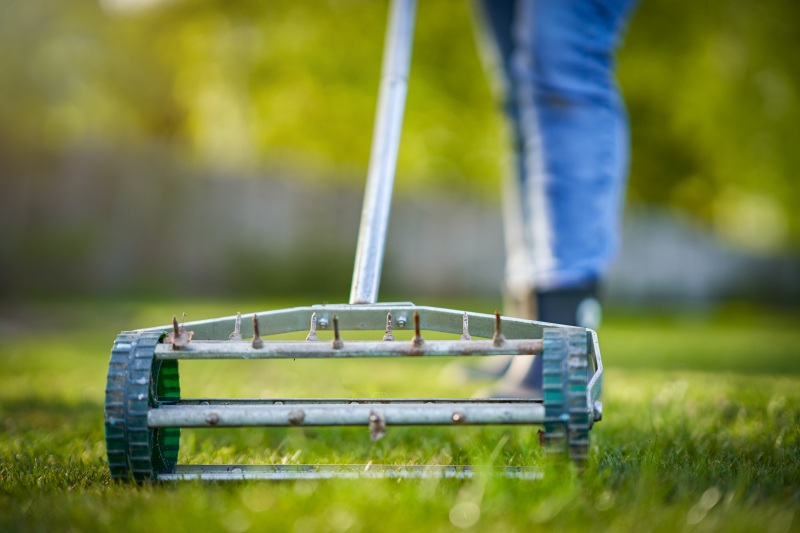
Soil Aeration
RTEC’s experts improve nutrient absorption and root health for healthier plants.
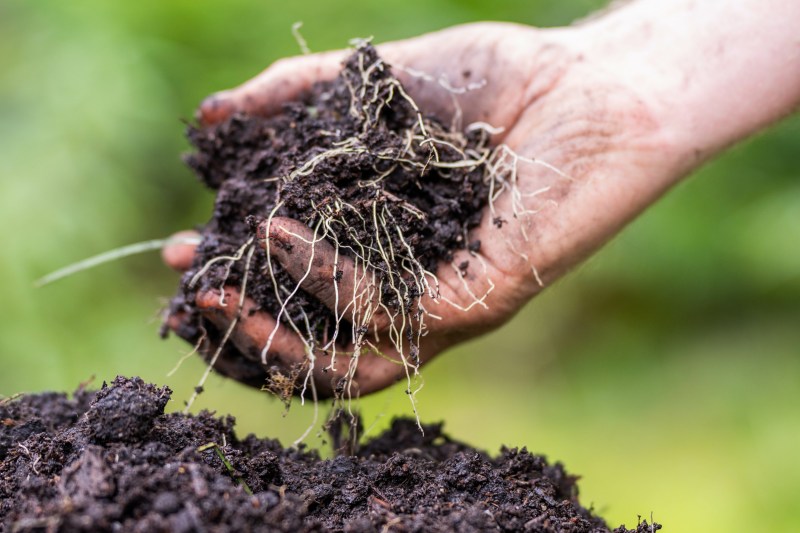
Soil Amendment
RTEC balances pH levels and nutrients for lusher, more resilient grass.
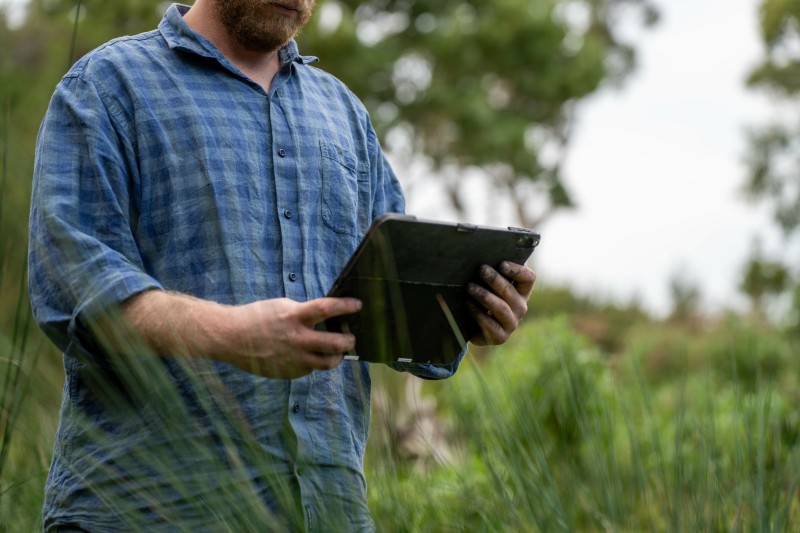
Soil Testing
RTEC’s expert analysis identifies pH levels, nutrient deficiencies, & growth barriers.
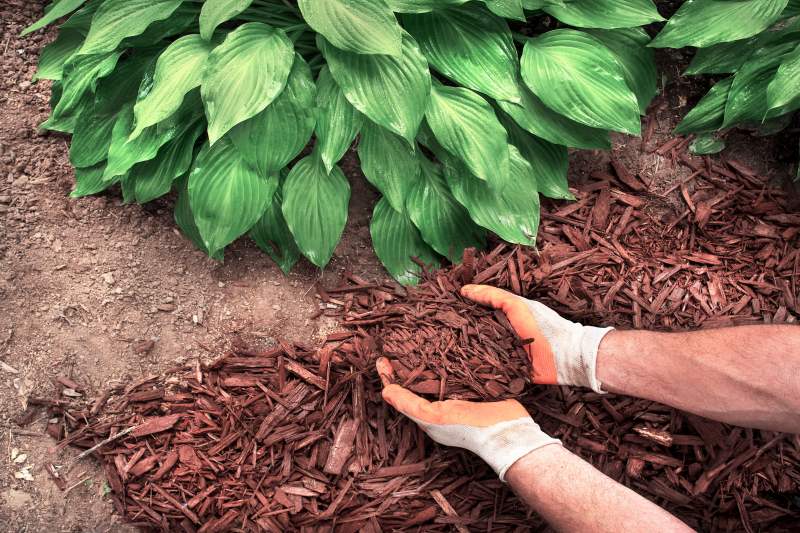
Mulching
RTEC’s experts enhance soil health, retain moisture, and prevent damage.
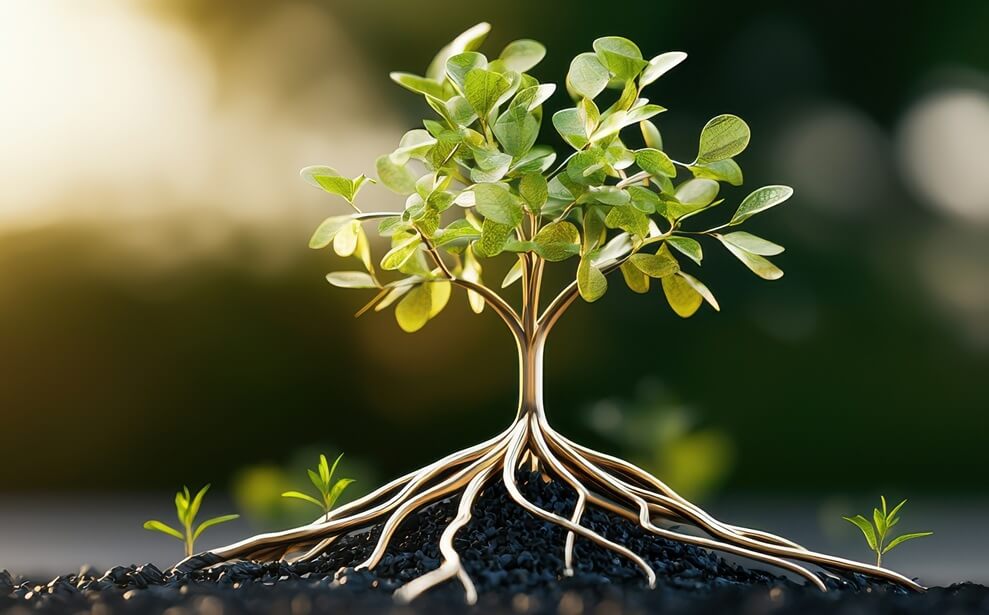
Root Pruning
RTEC’s certified arborists prevent damage while preserving plant health.
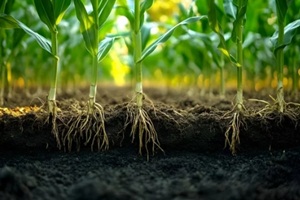
Root Collar Excavation
RTEC’s certified arborists uncover and treat root flare issues for stronger plants.
Schedule Health & Growth Treatment With RTEC Treecare
Contact us today to discuss how plant growth can benefit your property and experience the benefits of adopting a proactive approach to long-term plant care.
Reviews From Our Clients

4.9 of 5 based on 245 reviews









